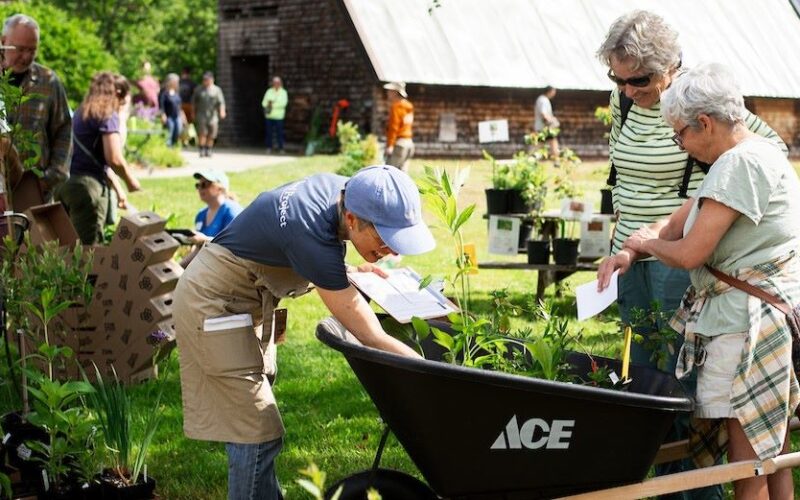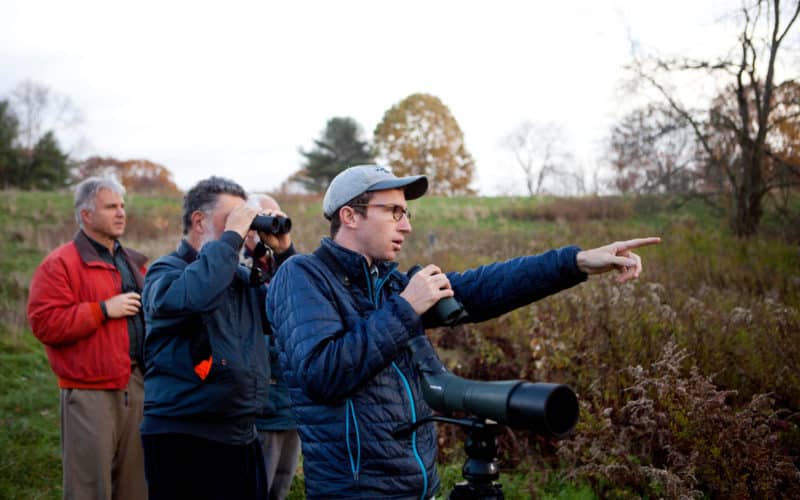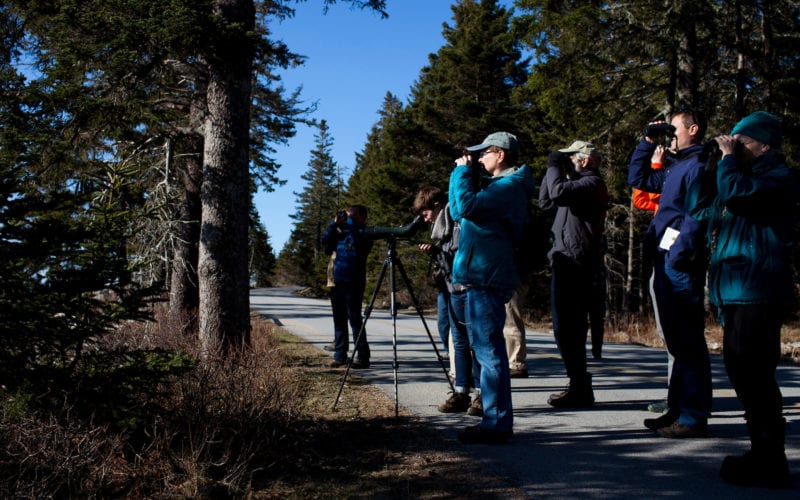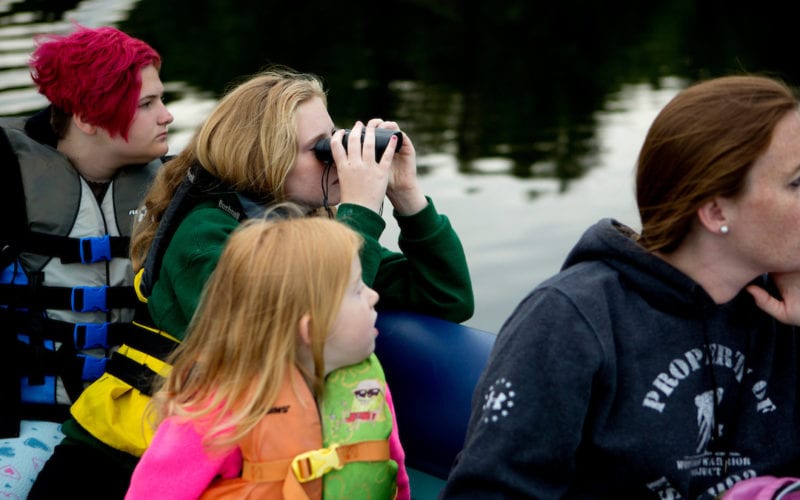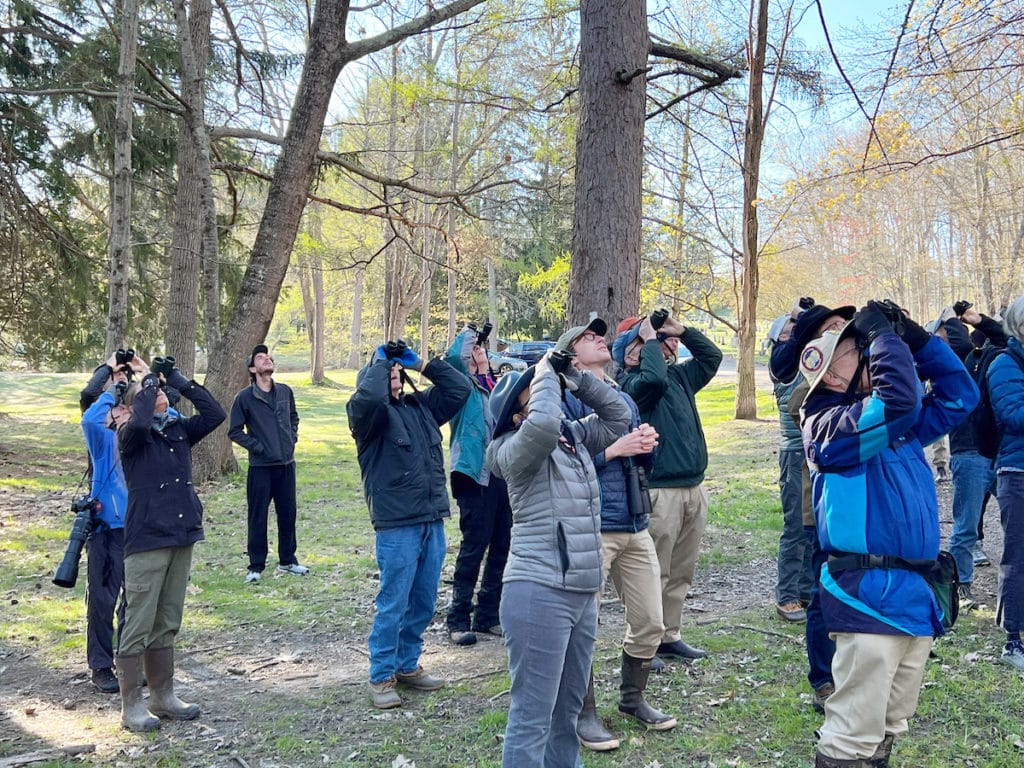
It is the work of each naturalist to build their understanding of the natural world — how it works, how it is connected, and how best to sustain it. Building our collective understanding is the work of Maine’s naturalist, Maine Audubon.
Through our programs in education, conservation, and advocacy, Maine Audubon connects the people of Maine to the natural world, helping them become more informed and effective stewards of the state’s wildlife and habitat. Our trips and other adult programs are a great way to build that connection.
Found an injured bird?
Please note, Maine Audubon does not rehabilitate injured birds or other animals. We recommend you contact excellent local organizations such as Avian Haven and Center for Wildlife.
Ask a question
Have a question about wildlife? Email naturalist@maineaudubon.org or stop in and speak with one of our naturalists.
Staff Naturalist Doug Hitchcox has answered a number of common questions over the years, so our blog archives are full of great information. Here are a few perennial favorites:
- Is it strange to see groundhogs in February?
- Is it okay to feed ducks bread?
- Are you seeing fewer birds in the summer?
- Under attack! Are woodpeckers bothering your house?
- How late in the year should we keep our feeders up to attract hummingbirds?
- It’s winter in Maine! Why do I see robins and bluebirds?
Ask Maine Audubon
Staff Naturalist Doug Hitchcox answers reader questions every other week in the Maine Sunday Telegram/Portland Press Herald. Here are a few of his popular columns that tackle some FAQs:
- When should I put out nesting boxes and birdhouses?
- What is up with squirrels and their nest building behavior?
- What should I do? I found a baby bird out of the nest!
- Is it ever okay to move a nest? And if so, when? (Scroll down; it’s the second question in this column…)
Naturalist’s Almanac
Seasonal changes to look for in the world around you! Click on the downward arrow to download a PDF of the Summer 24 Naturalist’s Almanac.
Commonly Misidentified Species
Have you checked out our new series of Commonly Misidentified species? As Seasonal Field Naturalist Andy Kapinos explains, many species look similar from a distance, but there are some great telltale signs, both visual markers and behaviors, that can help identify species. Check out these useful posts:
Cold weather Sparrows: All those little brown birds; what is and isn’t a sparrow and how to tell them all apart.
Vireos: Red-eyed, Blue-headed, Philadelphia, oh my!
Diving Birds: Loons are sometimes mistaken for Mergansers, Cormorants, and even Goldeneyes
Plovers: How to tell a Killdeer from a Piping Plover and a Semi-palmated Plover.
Videos you might like!
Check out our YouTube channel for all kinds of videos!
American Woodcocks have amazing aerial displays they perform in the spring. Staff Naturalist Doug Hitchcox gives an explanation of these dances.
A rare western hummingbird was visiting feeders in Dayton, Maine, in October 2022. With the help of Scott Weidensaul, the naturalist and author who is also a licensed hummingbird bander, it was caught and identified as an adult female Rufous Hummingbird. Staff naturalist Doug Hitchcox made this video to show how it was done!
Share your observations and stories
We want to hear about your experiences and memories of observing wildlife and nature. Use this form to share them with us. (Please note that we may share your anecdotes with our audience on the web or in print in the future — always with credit to you!).

